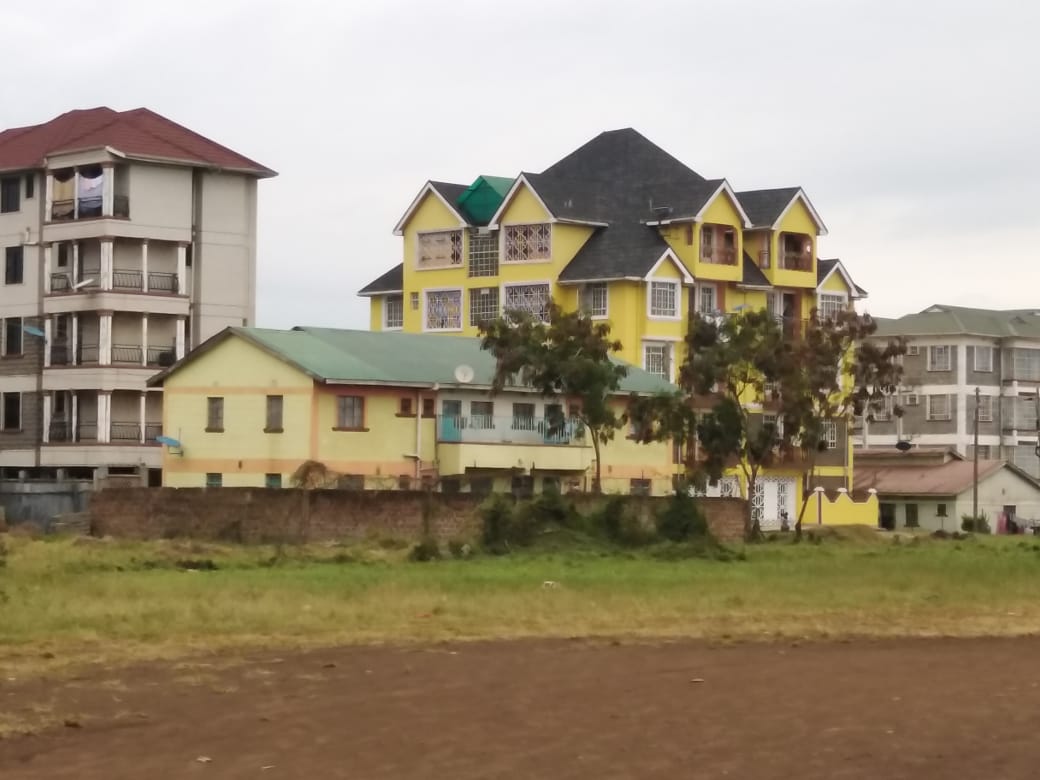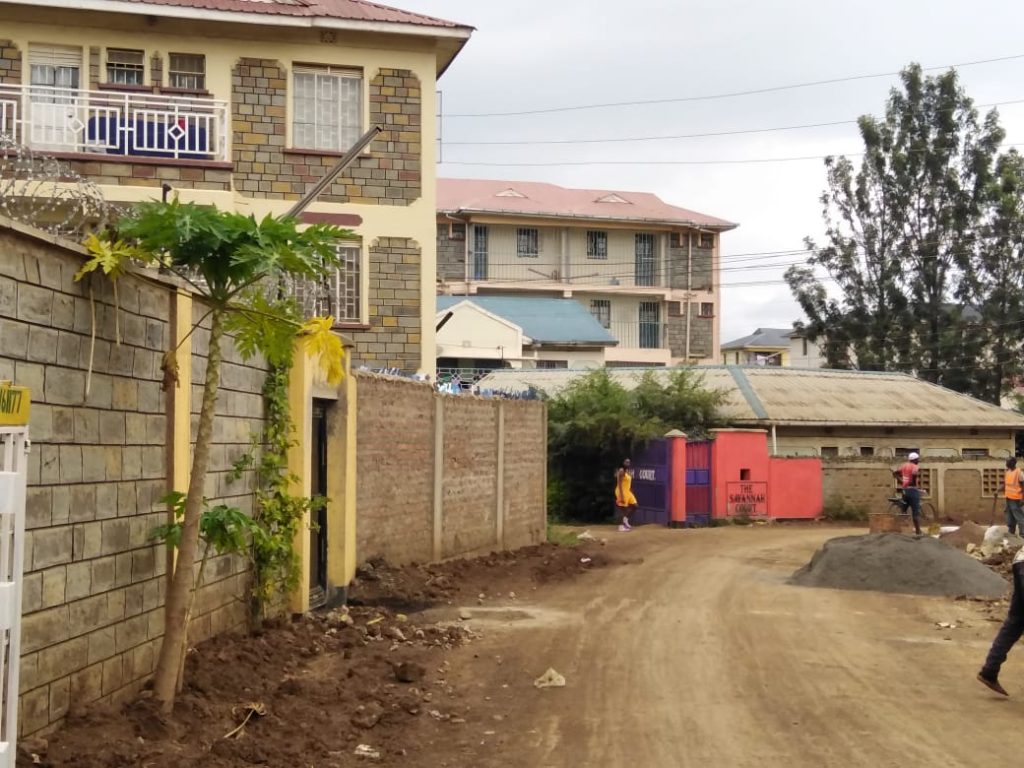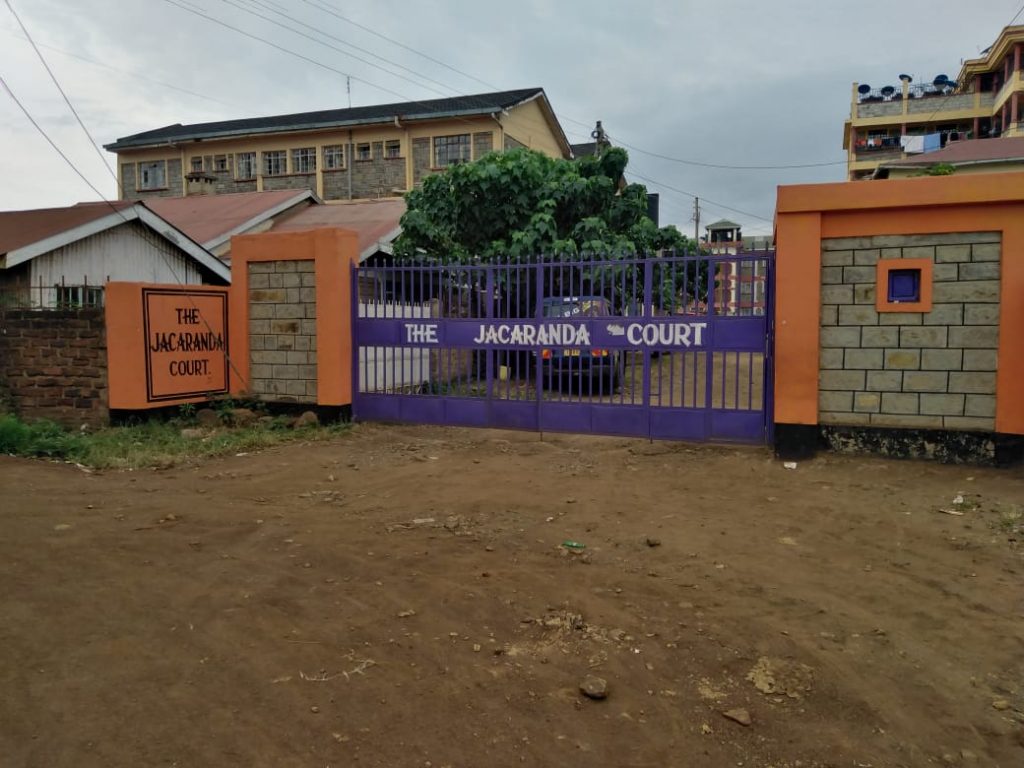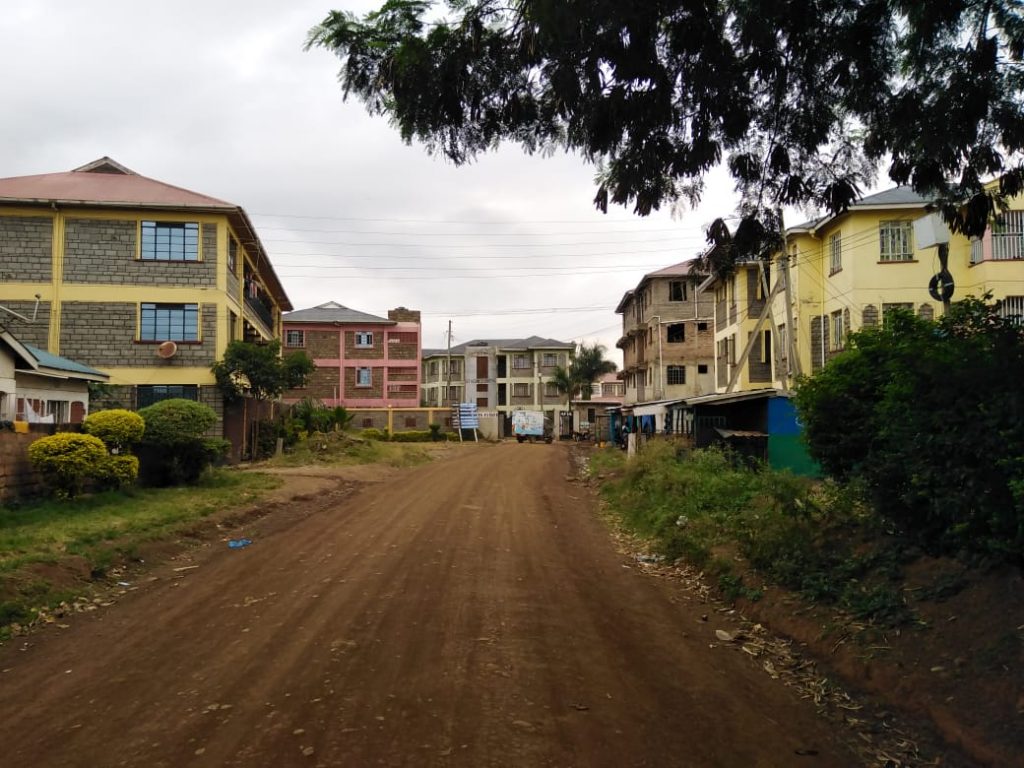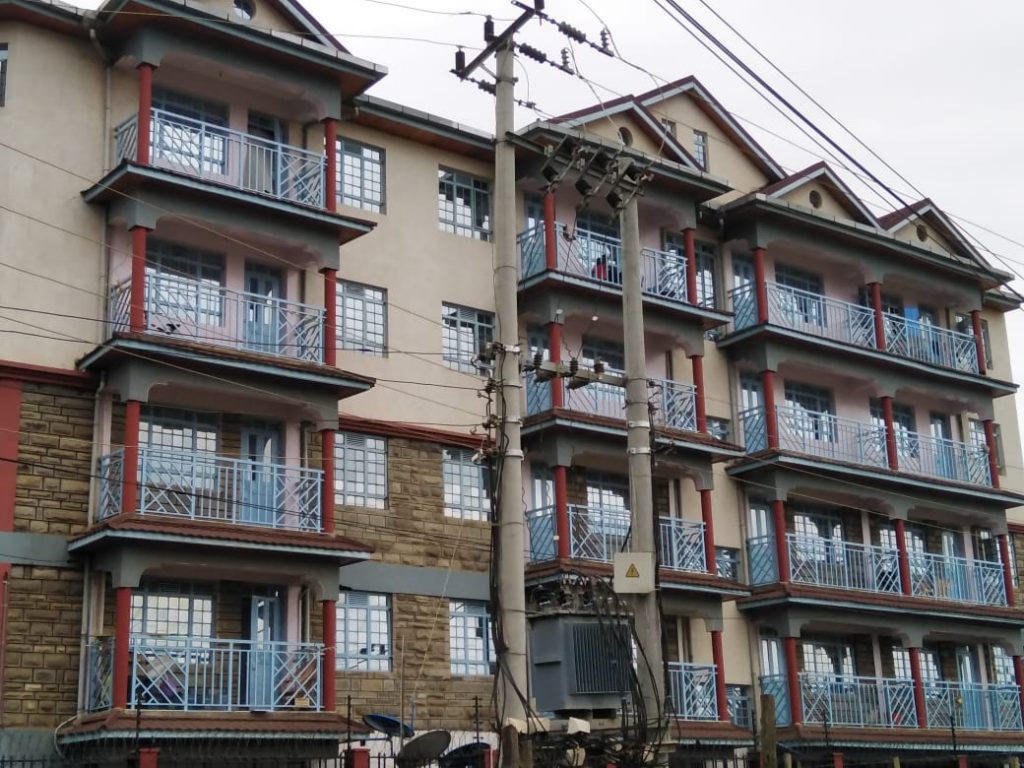Share this
It’s 10.06 AM when I begin putting this article together (the time is not that significant in this story though), I have just returned home from a morning walk that lasted about an hour. This is something I have religiously done for almost a month now. My walking route includes going round the ring road that passes through the middle of Lowe estate twice, before getting onto Migosi – Kenya – Re road all the way to Kondele roundabout and back. Some times I come up with some creative diversions to beat the monotony of my daily routine.
This is not an article about my exercise routine (just in case you are wondering whether you should stop reading). These walks have become an integral part of my creative process as a writer. As I walk through the estate and see the buildings that dot Lolwe’s ever-changing skyline and those still coming up, the on-going road constructions, meet people going about their businesses, I can’t help but wonder why there is so much negative publicity when it comes to this residential estate that doesn’t look too different from others out here (maybe just better in terms of amenities).
I recently asked my followers on Facebook what comes to their minds when someone tells them they live in Lolwe estate. “Usherati (fornication), scandals,” and other adjectives that describe promiscuity is all that they could come up with.
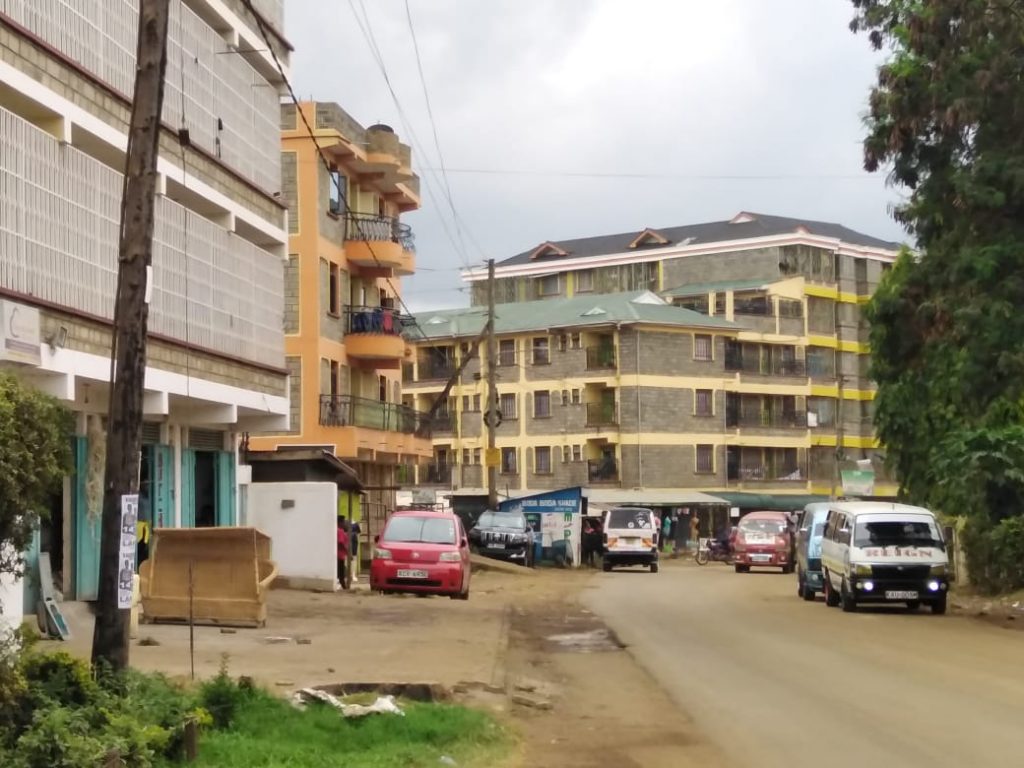
True, the estate has had its fair share of drama. The recent incident in which two men hacked each other with machetes after one allegedly found out that the other was sleeping with his wife is just an example. Another earlier incident in which a young man’s car allegedly went up in flames as a result of a relationship gone sour could still fit into this widespread notion. Then there are the troopings of Landcruiser V8s and Pajeros on Friday evenings and weekends – which I am made to understand are “big men” visiting their clandes.
These incidents, far in-between, do not define what day to day life in the estate looks like. They are actually not even unique to Lolwe. But somehow this is the reputation that people have of the estate.
Four months ago before I came to live here, I was one of the people who held such perceptions. I remember more than once saying “I can never live in Lolwe.” Then when a friend convinced me to actually get into the estate, see the houses and amenities available then my perception slowly began to change. I was house-hunting at the time.
When I told a close friend and neighbour in Mamboleo where I lived before that I was moving here, she asked, “how can you leave Mamboleo to go live in Lolwe, wiyi rach (is something wrong with your head)?”
Lolwe is perhaps Kisumu’s biggest middle-class residential area (when talking about middle-class in Kisumu, think about it as anyone earning a net income of Sh 50,000 and above. Nairobi would have a totally different description). Rent here for a two-bedroom house is about Sh 17,000 on average. There are hardly any units going for over Sh 30,000 a month. While the initial houses in the estate were bungalows, the estate’s skyline is today dominated by four and five-story apartment block buildings with underground parking lots and washing areas in the roofs. Some of them are quite modern architectural masterpieces. There are very few one-bedroom or studio apartments – most of which are located on the top floors of these buildings.
The tall buildings have however interfered with mobile reception for some networks. You can hardly get internet speeds of 1 mbps when on Airtel data. Safaricom have moved to counter this by setting up a base station in the middle of the estate. A move that should be followed by other mobile network operators.
The estate is home to a majority of Kisumu’s working-class youth. Most of them have young families – this is evident from the many school buses you will see making trips in the estate every morning and evening. Still, if you are out early, you will probably see many of these young parents holding their children’s hands as they take them to the bus, meet some driving with them in their cars, others being dropped by bodabodas.
In the four months that I have lived here, I have seen a completely different picture from the image that exists out there on social media. So, where does this narrative come from?
Benson Nyangiro’s family own Tabbah Apartments within the estate, one of the few places a two-bedroom house costs more than Sh 20,000. He lived here for about four years supervising the construction of their units.
“When the bungalows in this estate started giving way to the apartment blocks, there was an instant shift in the kind of people who lived here. We started seeing an influx of younger people who occupied most of the initial apartment blocks. These were mainly one-bedroom units,” he explains.
“Most of these young people were in their first jobs. Many of them having come from not-well-to-do backgrounds. There is that excitement that comes with new money, so there was a lot of parties in the estate back then. Then there was the era of the new devolved units. People started doing business with counties and a couple of businessmen and county officials rented these one-bedroom units for their mistresses. Generally, the population of single women in this estate has always been higher than that of men. Put that together with the parties and the chances for drama and scandals go higher,” he continued.
Benson thinks that has changed. “We don’t have people building the one-bedroom units anymore. The houses here are significantly becoming more expensive as much as the number is also increasing. A majority of the people who live here are young parents. People with families are usually not that dramatic. If they have scandals they keep it in the low. So what happens here today is what you would see in places like Kilimani in Nairobi, Kisumu’s Milimani, Tom Mboya or any other middle-class residential area. The only problem is that we now live in the information age and small incidences easily find their way into WhatsApp , Facebook and blogs, and before we know it they have been blown out of proportion. This continues to feed into the old narrative about the estate which is actually flawed.
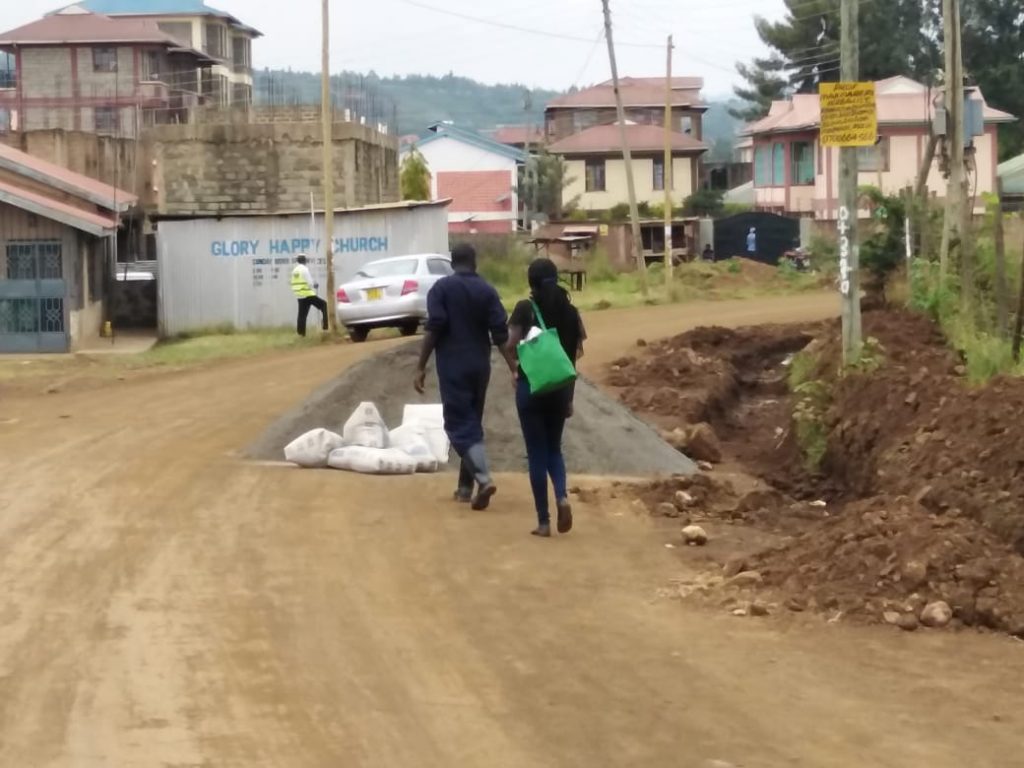
Duncan Opondo operates a carwash inside the estate. He has been living here for more than twelve years and has seen the transformation the estate has gone through.
“Most of these plots you see today were originally owned by members of Lolwe Housing Sacco. That is where the estate gets its name from. The ones who decided to build here built bungalows. Very few of those still exist as the owners have either brought them down to put up apartment blocks or sold them off to those developing apartments,” he explains.
“Back then there were challenges with water supply. My first business was selling water using a hand cart. Today we have reliable water supply from KIWASCO. The houses here are becoming more modern. Almost all buildings in the estate have both Safaricom and Zuku Fibre. There has been a transformation even in the kinds of residents living here. Today, it’s more of people in their mid-30s. A lot of them have young families. The estate is still growing and when things such as this road that is under construction is completed, it will be the place where everyone in Kisumu wants to live,” he says.
Amondi Samba runs a design shop in Kisumu. She has been living in the estate for one year now. She says she comes across the negative comments every time she tells somebody she lives in Lolwe estate.
“Immediately I tell someone I live in Lolwe, they start telling me how it’s (Kisumu’s) ‘Sodom and Gomorrah.’ How all ladies who live there are whores. It’s just a whole lot of negativity.”
She says she cares little about what people think about her choice of place to live. “I settled on Lolwe because I found everything I was looking for in a house here.”
Like Benson, Amondi believes that the scandalous stories from Lolwe are blown out of proportion to fit a narrative that some people have already created in their minds.
Bernard Opiyo owns three residential blocks in different parts of the estate. He is optimistic that the transformation the estate is currently going through will help revive its image.
“This reputation has been costly to property owners. We are not able to attract the kind of tenants we would wish to have, that’s however changing. The young people you see in this estate will tomorrow be this town’s next pool of corporate and business leaders. Some will move to more affluent neighbourhoods but we will also grow with others. Even now we are already witnessing that, and if you look at the new developments coming up within the estate, the buildings are targeting a very different kind of clientele. When the road project (tarmacking) ends mid this year, this will be one of the places everyone in this town will aspire to live in,” he says.
“We are making the estate more organized, the road project is just part of it. If you have noticed, we are also increasingly adopting the courts as opposed to stand-alone buildings where property developers are now coming together and sharing in developing amenities like sewer lines, security installations and waste management. We are looking forward to planting more trees in public spaces in the months and years to come and in another five years, this place will look like paradise. That image that exists out there will not be here for long.”
Would you consider living in Lolwe after reading this? Let me know what you think in the comments section.


